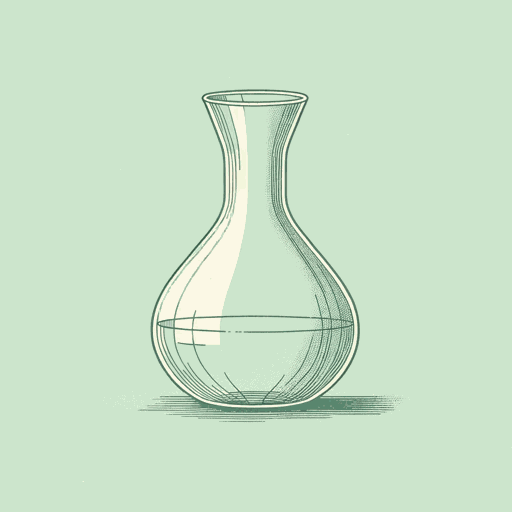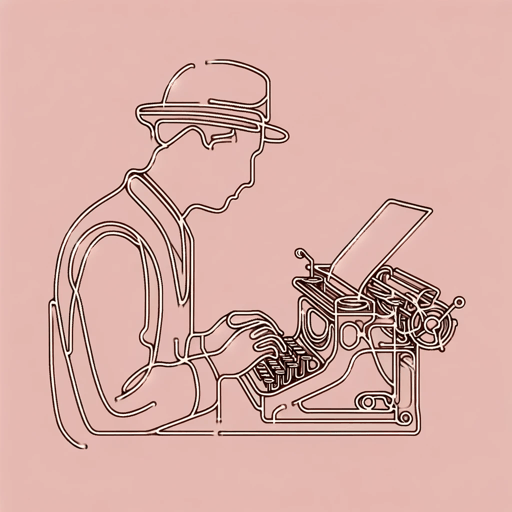21 pages • 42 minutes read
Gertrude SteinA Carafe, that is a Blind Glass
Fiction | Poem | Adult | Published in 1914A modern alternative to SparkNotes and CliffsNotes, SuperSummary offers high-quality Study Guides with detailed chapter summaries and analysis of major themes, characters, and more.
Further Reading & Resources
Related Poems
“Sacred Emily“ by Gertrude Stein (1913)
Stein wrote the poem “Sacred Emily” in 1913 and published it in Geography and Plays (1922). Unlike “A carafe, that is a blind glass,” “Sacred Emily” is a poem written in verse. However, the two poems have much in common. They feature repetition, alliteration, and a playful, confident, beguiling speaker who dislikes commas and loves to caress and abuse nouns. “A carafe that is a blind glass” contains the memorable declaration, “The difference is spreading,” while “Sacred Emily” marks the debut of Stein’s famous assertion, “Rose is a rose is a rose is a rose.”
The Waste Land by T. S. Eliot (1922)
As with “A carafe, that is a blind glass,” Eliot’s poem The Waste Land is a critical Modernist work that tends to disorient and puzzle readers. Eliot’s long poem features fragmentation, repetition, and multiple speakers. He, too, embraces a Cubist structure pulling in different blocks of text from other sources. Yet placed aside a poem like “A carafe, that is a blind glass,” Eliot’s famously complex poem appears less puzzling. Unlike Stein’s poem, Eliot still manages to convey identifiable emotions, settings, and characters. Eliot also does not scramble syntax nearly as much as Stein.
Related Titles
By Gertrude Stein






